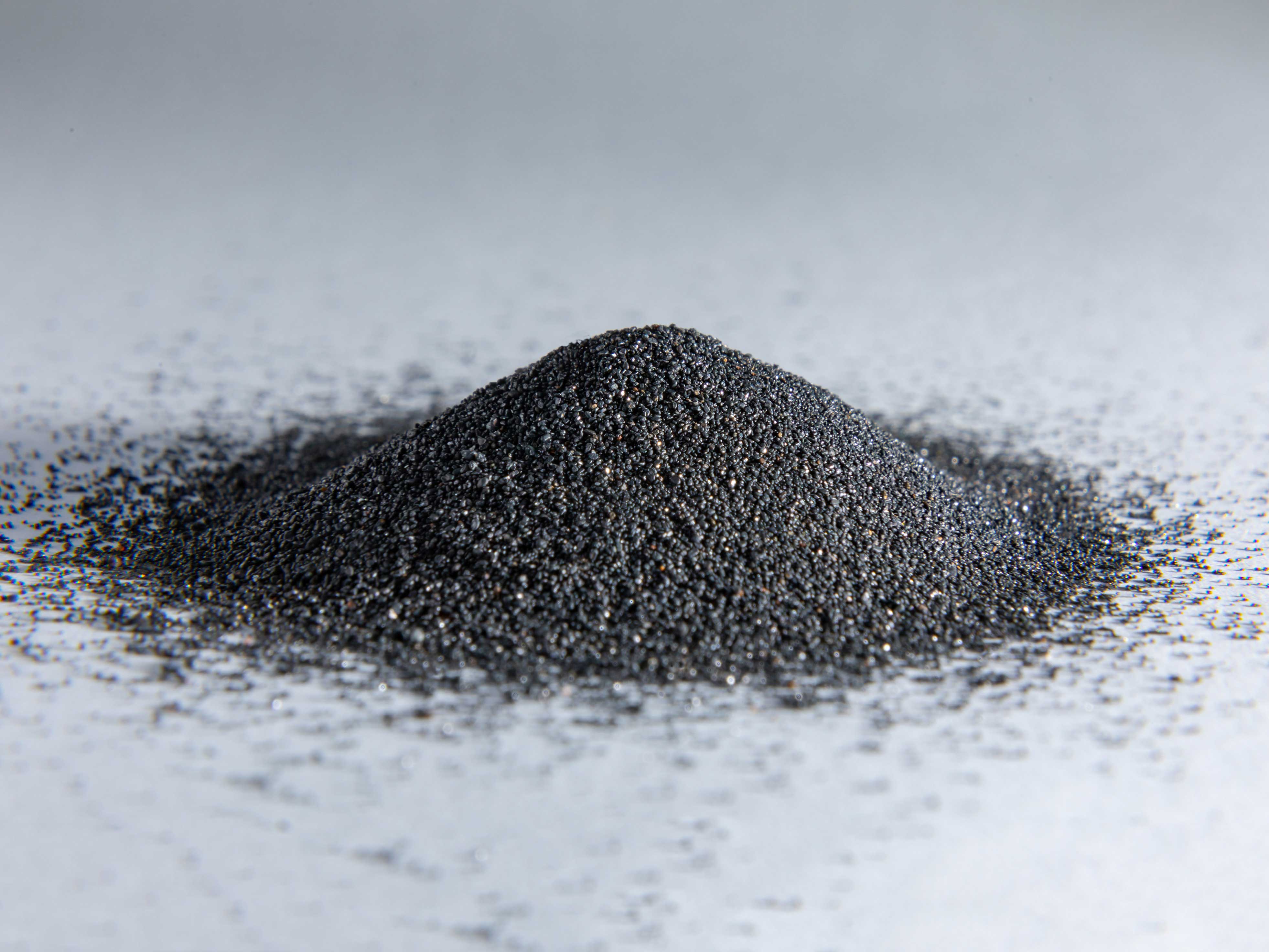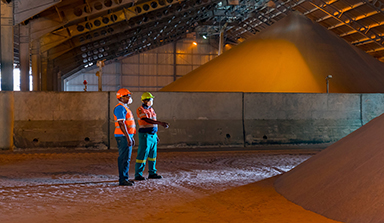Titanium feedstocks
Titanium feedstock production represents an approximately US$4.5 billion per annum industry and the TiO2 pigment supply chain has annual revenues of over US$15 billion, this industry in turn supplies products to other industries generating annual revenue value many multiples of this.
Ilmenite and rutile are titanium minerals used as feedstocks to produce titanium dioxide (TiO2) pigment, which accounts for around 90% of global titanium feedstock consumption. TiO2 pigment is in turn used in the manufacture of paints and other coatings, plastics and paper as well as a number of other applications, including cosmetics, food additives, ceramics and textiles. TiO2 pigment is favoured in many such applications for its brilliant whiteness, ultraviolet protection, non-toxicity, inertness, and its “covering power”, which results from its superior ability to disperse light as a result of its high refractive index. There is no economic substitute or environmentally safe alternative to titanium dioxide having replaced lead oxide in consumer end-use applications, such as paint, due to health issues related to lead toxicity.
Titanium metal and welding electrodes applications largely account for the remaining 10% of global TiO2 feedstock consumption. Titanium metal’s unique properties including its high strength to weight ratio, high melting point and its resistance to corrosion and chemical attack make it the preferred metal for a number of demanding applications including the manufacture of airframe and jet engines for the aerospace industry. It is also widely used in chemical and power generation plants, as well as a number of growing applications for the electronics, medical and leisure industries. Rutile and some grades of ilmenite are also used as a component of fluxes for coating welding electrodes, which are in turn consumed in the construction and shipbuilding industries.


